Best movies like Francisco de Goya: The Sleep of the Reason
A unique, carefully handpicked, selection of the best movies like Francisco de Goya: The Sleep of the Reason Starring Jean-Claude Carrière, and more. If you liked Francisco de Goya: The Sleep of the Reason then you may also like: Volaverunt, The Naked Maja, Klimt, Charlotte, Surviving Picasso and many more popular movies featured on this list. You can further filter the list even more or get a random selection from the list of similar movies, to make your selection even easier.
He is both a painter of impressive portraits and an inventor of enigmatic pictorial worlds: Francisco de Goya (1746-1828) was a respected court painter in Spain. The loss of his hearing, the mysterious death of the Duchess of Alba, with whom he was undyingly in love, the reign of terror of the French Revolution, and finally the Napoleonic Wars all left their mark on his work. Against this contemporary historical background, he became one of the first pioneers of modern art, whose pictures still exert a magical fascination today.
You may filter the list of movies on this page for a more refined, personalized selection of movies.
Still not sure what to watch click the recommend buttun below to get a movie recommendation selected from all the movies on this list
The Naked Maja
A historical fiction based on the lives of artist Goya and the Duchess of Alba
Charlotte
The true story of Charlotte Salomon, a young German-Jewish painter who comes of age in Berlin on the eve of the Second World War. Fiercely imaginative and deeply gifted, she dreams of becoming an artist. Her first love applauds her talent, which emboldens her resolve. When anti-Semitic policies inspire violent mobs, she escapes to the safety of the South of France. There she begins to paint again, and finds new love. But her work is interrupted, this time by a family tragedy that reveals an even darker secret. Believing that only an extraordinary act will save her, she embarks on the monumental adventure of painting her life story.
Surviving Picasso
The passionate Merchant-Ivory drama tells the story of Francoise Gilot, the only lover of Pablo Picasso who was strong enough to withstand his ferocious cruelty and move on with her life.
Goya's Ghosts
Painter Francisco Goya becomes involved with the Spanish Inquisition after his muse, Inés, is arrested by the church for heresy. Her family turns to him, hoping that his connection with fanatical Inquisitor Lorenzo, whom he is painting, can secure her release.
The Pride and the Passion
During the Napoleonic Wars, when the French have occupied Spain, some Spanish guerrilla soldiers are going to move a big cannon across Spain in order to help the British defeat the French. A British officer is there to accompany the Spanish and along the way, he falls in love with the leader's girl.
Lines of Wellington
Passionate romance, brutal treachery, and selfless nobility are set against the background of Napoleon’s 1810 invasion of Portugal.
Fur: An Imaginary Portrait of Diane Arbus
In 1958 New York Diane Arbus is a housewife and mother who works as an assistant to her husband, a photographer employed by her wealthy parents. Respectable though her life is, she cannot help but feel uncomfortable in her privileged world. One night, a new neighbor catches Diane's eye, and the enigmatic man inspires her to set forth on the path to discovering her own artistry.
Girl with a Pearl Earring
This film, adapted from a work of fiction by author Tracy Chevalier, tells a story about the events surrounding the creation of the painting "Girl With A Pearl Earring" by 17th century Dutch master Johannes Vermeer. A young peasant maid working in the house of painter Johannes Vermeer becomes his talented assistant and the model for one of his most famous works.
Tim's Vermeer
Tim Jenison, a Texas based inventor, attempts to solve one of the greatest mysteries in all art: How did Dutch Master Johannes Vermeer manage to paint so photo-realistically 150 years before the invention of photography? Spanning a decade, Jenison's adventure takes him to Holland, on a pilgrimage to the North coast of Yorkshire to meet artista David Hockney, and eventually even to Buckingham Palace. The epic research project Jenison embarques on is as extraordinary as what he discovers.
Love Is the Devil: Study for a Portrait of Francis Bacon
Biography of the British painter Francis Bacon. The movie focuses on his relationship with George Dyer, his lover. Dyer was a former small time crook.
The Lady and the Duke
Grace Dalrymple Elliot is a British aristocrat trapped in Paris during the French Revolution. Determined to maintain her stiff upper lip and pampered life despite the upheaval, Grace continues her friendship with the Duke of Orléans while risking her life and liberty to protect a fugitive.
The Image Book
In Le Livre d’Image, Jean-Luc Godard recycles existing images (films, documentaries, paintings, television archives, etc.), quotes excerpts from books, uses fragments of music. The driving force is poetic rhyme, the association or opposition of ideas, the aesthetic spark through editing, the keystone. The author performs the work of a sculptor. The hand, for this, is essential. He praises it at the start. “There are the five fingers. The five senses. The five parts of the world (…). The true condition of man is to think with his hands. Jean-Luc Godard composes a dazzling syncopation of sequences, the surge of which evokes the violence of the flows of our contemporary screens, taken to a level of incandescence rarely achieved. Crowned at Cannes, the last Godard is a shock film, with twilight beauty.
The French Revolution
A history of the French Revolution from the decision of the king to convene the Etats-Generaux in 1789 in order to deal with France's debt problem. The first part of the movie tells the story from 1789 until August 10, 1792 (when the King Louis XVI lost all his authority and was put in prison). The second part carries the story through the end of the terror in 1794, including the deaths by guillotine of Louis XVI, Marie-Antoinette, Danton, and Desmoulins.
Starry Night
Vincent Van Gogh comes back to life after being the recipient of a magic potion. He finds that his work has become quite valuable, and begins stealing his works. At the same time, he has a hard time getting anyone to believe he's really Van Gogh.
Charlotte Corday
Set in July 1793 during the outbreak of the French Revolution and the unleashing of the Reign of Terror, a young girl from Caen named Charlotte Corday plots to assassinate Jacobin newspaper editor Jean-Paul Marat.
Francofonia
Master filmmaker Alexander Sokurov (Russian Ark) transforms a portrait of the world-renowned museum into a magisterial, centuries-spanning reflection on the relation between art, culture and power.
The Painting
Three characters living in an unfinished painting venture out into the real world in search of their creator to convince him to finish his work.
Everyman's War
No one in high command believed that German forces would attack in the sub zero temperatures and near blizzard conditions. As the pre-dawn attack comes, with communications down Sgt. Smith is left with no choice but to make his way through enemy fire, unarmed and wounded, into town and warn of the coming attack. Based on actual accounts "Everyman's War" explores the heroic events of this decorated veterans courage and the struggle between duty and desire. Between the prospect of the life and love, Dorine that waits at home and the harsh realities of war which marks the pivotal epoch in his life as he discovers that the loss of hope can be worse than the loss of life. One man's courage... One man's hope...Everyman's War.
Inside the Mind of Leonardo
Inside The Mind of Leonardo is based on the artist’s private journals dating from the Italian Renaissance. With over 6,000 pages of handwritten notes and drawings, da Vinci’s private journals are the most comprehensive documents that chronicle the work of the world’s most renowned inventor, philosopher, painter and genius. Using this precious collection of writings and drawings to recount Da Vinci’s story in his own words, and combining them with stunning visual effects and 3D technology, we re-create the mindscape and ideas of mankind’s greatest polymath.
Gabriële Buffet-Picabia, la femme au cerveau érotique
By her intelligence and her avant-gardism, Gabriële Buffet-Picabia influenced the revolution of the modern art operated by her husband, the painter Francis Picabia, and their friends (Apollinaire, Duchamp...). The fascinating portrait, in the first person, of an inspirer who has long remained in the shadows.
Xenakis révolution - Le bâtisseur du son
A fascinating portrait of the composer, engineer and architect Iannis Xenakis, a leader of the avant-garde and a pioneer of sound and light shows, who turned contemporary music upside down by bringing art and mathematics together.
Toto in Madrid
When the swindler La Spada and his accomplice José come out of jail in Madrid, they decide to pull a really great swindle: nothing less than to discover and sell a third picture of the famous Goya's Maya. They engage the renowed Scorcelletti who can imitate any picture and who lives in Rome. Afterwards, with the help of the beautiful Eva, they convince the celebrated art critic Francisco Montiel of the existance of a third Maya and let him find the picture. When the swindlers are on the point of selling the faked maya to an American millionaire, Scorcelli comes back from Rome to sell one of his six other maya pictures.
How to Stage a Coup
A guide to human history through its most audacious power grabs. From Julius Caesar to Napoleon; from Mussolini to the strongmen of the present day - we see how the world we know has been shaped by those who dream big.
Goya: Crazy Like a Genius
Join art historian Robert Hughes for a fascinating journey into the life of Spanish painter Francisco Goya. Using the artist's works as the benchmarks in this biographical profile, Hughes follows Goya from his role as painter to the royal court through his maturity as a war reporter and into his troubled final years. Hughes reveals how the upheaval of Goya's life can be traced through his paintings that range from the fanciful to the insane.
Balthus through the Looking-Glass
Using rare images of the artist filmed at work in his studio, exclusive interviews with his family and close friends, photographs by Henri Cartier-Bresson, and unpublished artwork, this award-winning feature documentary highlights the painter’s complex creative process. Acclaimed as the definitive film portrait of the master, Balthus through the Looking-Glass was shot on Super 16 over 14 months in Switzerland, Italy, France and the Moors of England by the director of Fellini, I’m a Born Liar. (Arte)
The Cinematograph: Birth of an Art
Throughout the 19th century, imaginative and visionary artists and inventors brought about the advent of a new look, absolutely modern and truly cinematographic, long before the revolutionary invention of the Lumière brothers and the arrival of December 28, 1895, the historic day on which the first cinema performance took place.
Edward Hopper and the Blank Canvas
The many references in contemporary film to Edward Hopper's works, as well as the widespread reproduction of some of his paintings have made his universe familiar to many. His unclassifiable figurations weave a dialogue between appearances and light, between the unmistakeable and enigma. Focusing on the artist's personal life in the context of 20th century America, "Edward Hopper and the Blank Canvas" bears witness to a fiercely independent painter, who was aware of the issues of his era, and who was hostile to the imprisonment that a modern American art opposing realism and abstraction could lead him to. This film brings the artist to life, transposing his realist and metaphysical poetry. It is a subtile and passionate work, which at last unveils one of the most important painters of American modernity.
Goya Exposed with Jake Chapman
Jake Chapman explores why Goya's The Disasters of War etchings are so central to his own art and explains why, for him, there is a fundamental conflict at the heart of Goya's art.
The Garden of Earthly Delights
When a terminally-ill art historian meets an engineer, it is love and lust at first sight. But their love is threatened by her looming illness. With her remaining days on earth numbered, she chooses to fan the flames of her obsession by taking her lover on a trip to Venice, where the artist's work becomes the background for their physical passion and emotional discovery.
Stations
Stations is an enigmatic, hauntingly vivid work, in which Wilson envisions the daydreams and fantasies of an eleven-year-old boy as a universe both magical and sinister. Resonating with Wilson's precise visual stylization, the tape's pivotal image is a young boy looking through a large window in the kitchen of his home, which becomes the portal for his dramatic, often startling inner fantasies. Fire, metal, wind, glass and water, among other elements, serve as points of departure for a series of elegant pictorial compositions and evocative metaphors. Unfolding without dialogue or spoken language, Wilson's indelible visions articulate the fear and mystery of the internal life of a child, and his relation to the outside world.
The Genius of Turner: Painting the Industrial Revolution
A film that looks at the genius of JMW Turner in a new light. There is more to Turner than his sublime landscapes - he also painted machines, science, technology and industry. Turner's life spans the Industrial Revolution, he witnessed it as it unfolded and he painted it. In the process he created a whole new kind of art. The programme examines nine key Turner paintings and shows how we should re-think them in the light of the scientific and Industrial Revolution. Includes interviews with historian Simon Schama and artist Tracey Emin.
The Island of Thirty Coffins
The story takes place in 1917. Véronique is a young woman of 35 years, nurse at the military hospital of Besançon. She suddenly learns of the murder of her husband, the mysterious Count Vorski, whom she has not seen for fourteen years. Her research will also lead her to the track of her father and son whom she believed to have died in a shipwreck, already a long time ago. From clue to clue, here we are in Brittany, on this island with a name so ill-fitting... Brutal deaths, enigmatic words written... by whom? A frightening prophecy, the superstitious terror of the island's inhabitants, and suddenly, Veronica d'Hergemont can no longer leave this island. She's stuck alone. Almost alone...
Histoire(s) du Cinéma 1a: All the (Hi)stories
A very personal look at the history of cinema directed, written and edited by Jean-Luc Godard in his Swiss residence in Rolle for ten years (1988-98); a monumental collage, constructed from film fragments, texts and quotations, photos and paintings, music and sound, and diverse readings; a critical, beautiful and melancholic vision of cinematographic art.


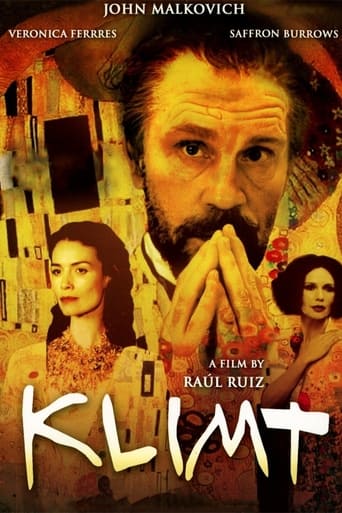
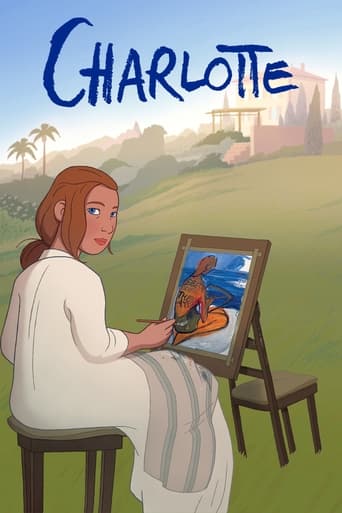





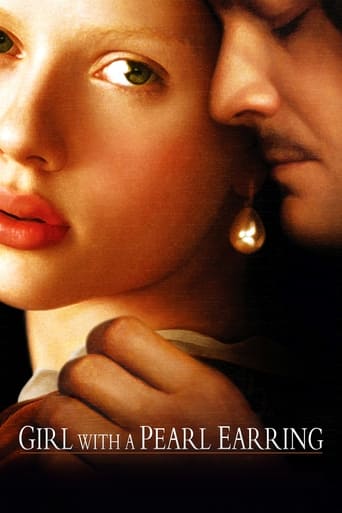

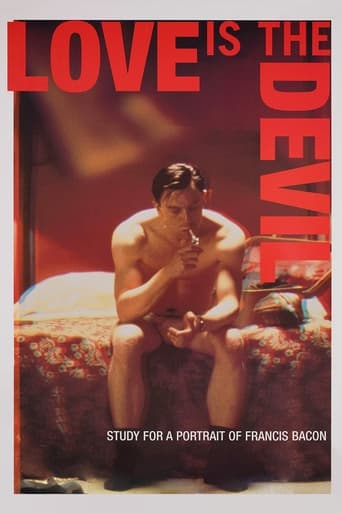







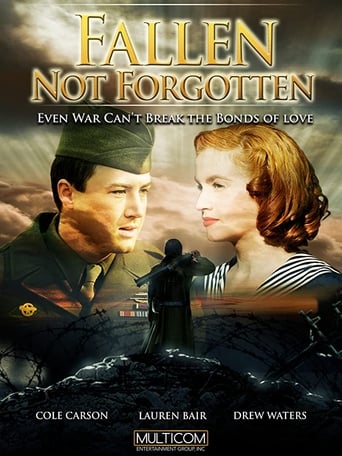



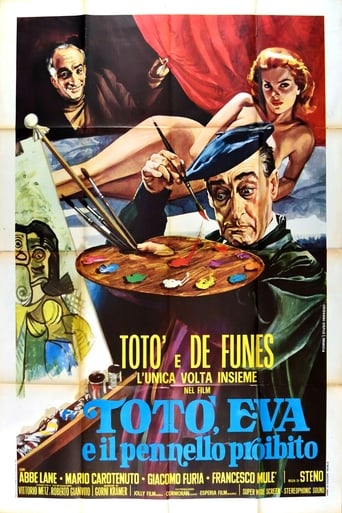

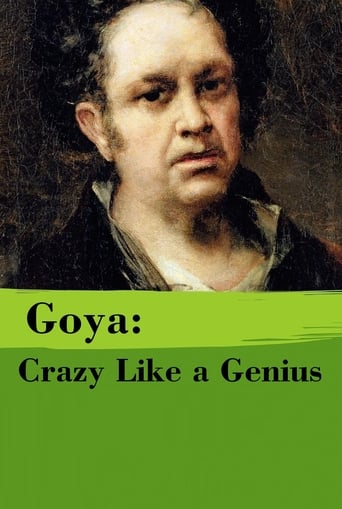









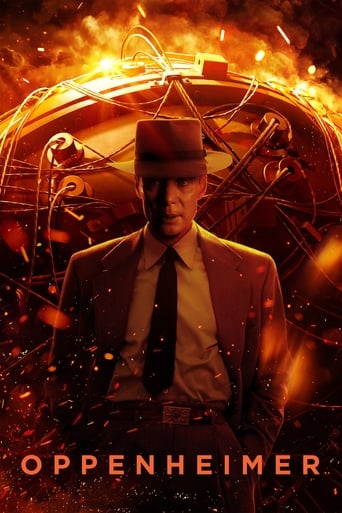
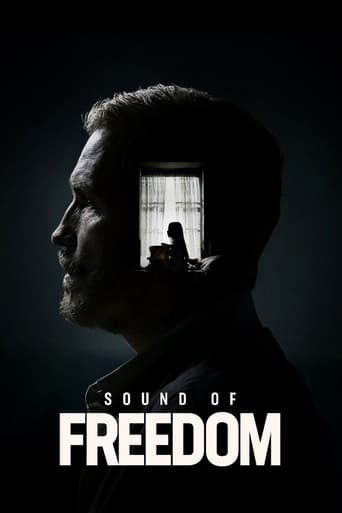
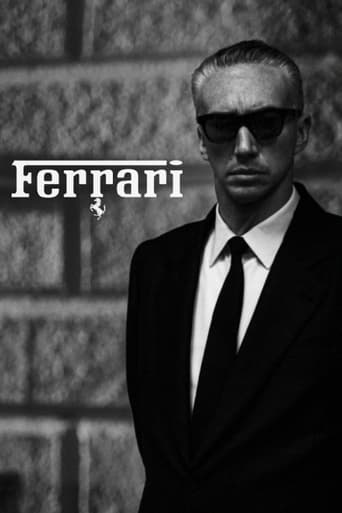
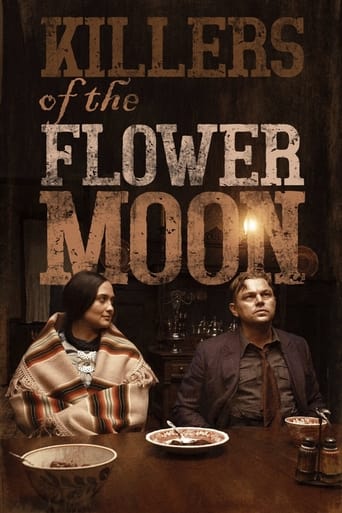
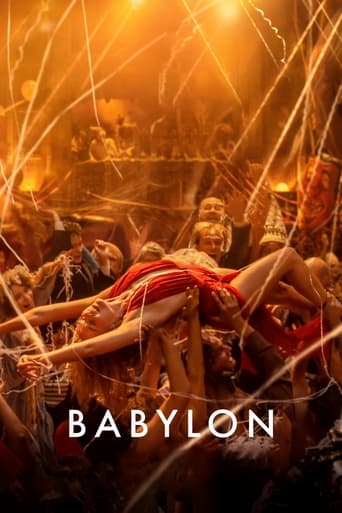

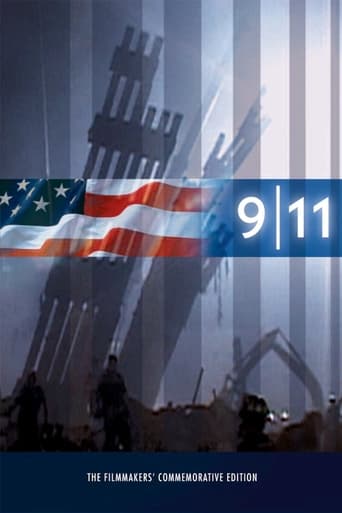

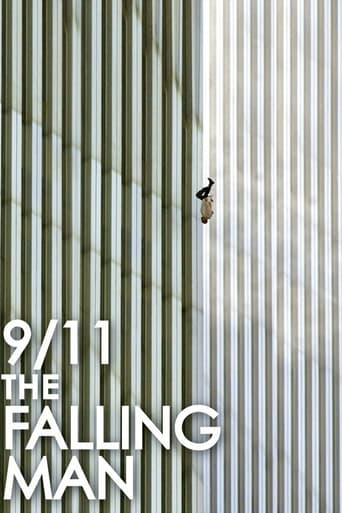
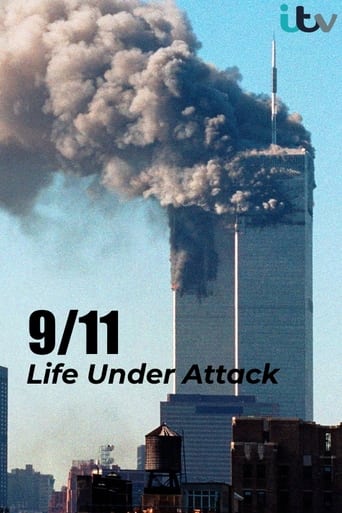
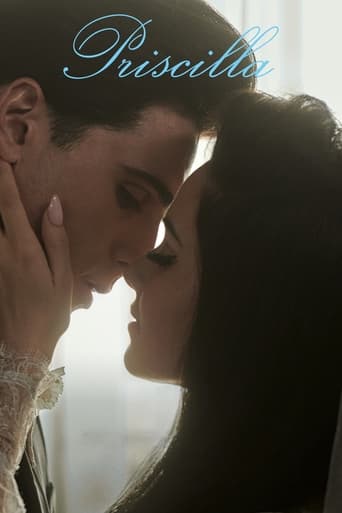
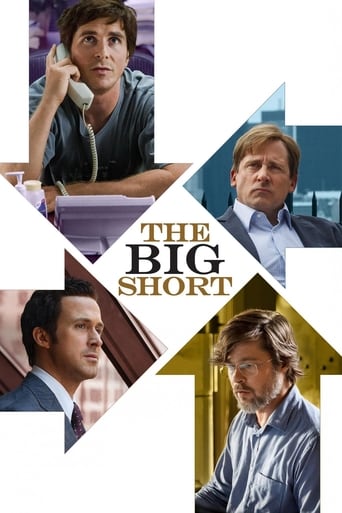
Volaverunt
The story revolves around Goya's womanising and the mysterious death of the Duchess of Alba at the end of the 18th and beginning of the 19th Centuries, at a time when Madrid was wobbling through a difficult time and setting the scene for the following Prim vs Crown uprising.